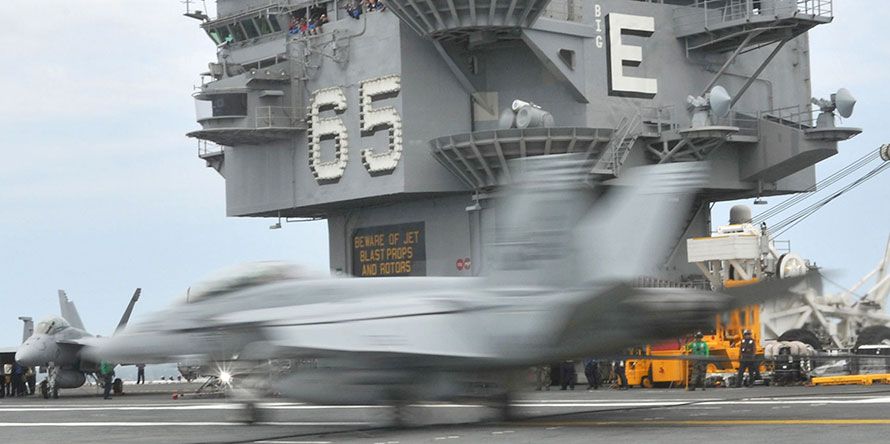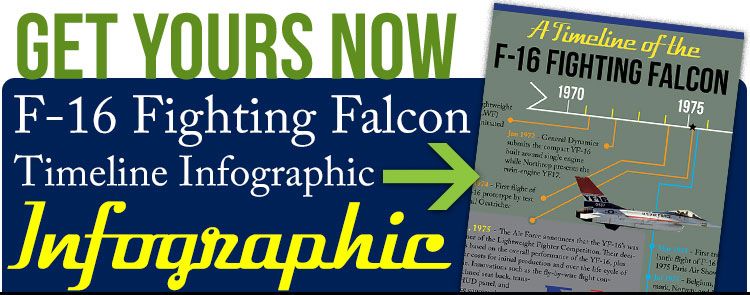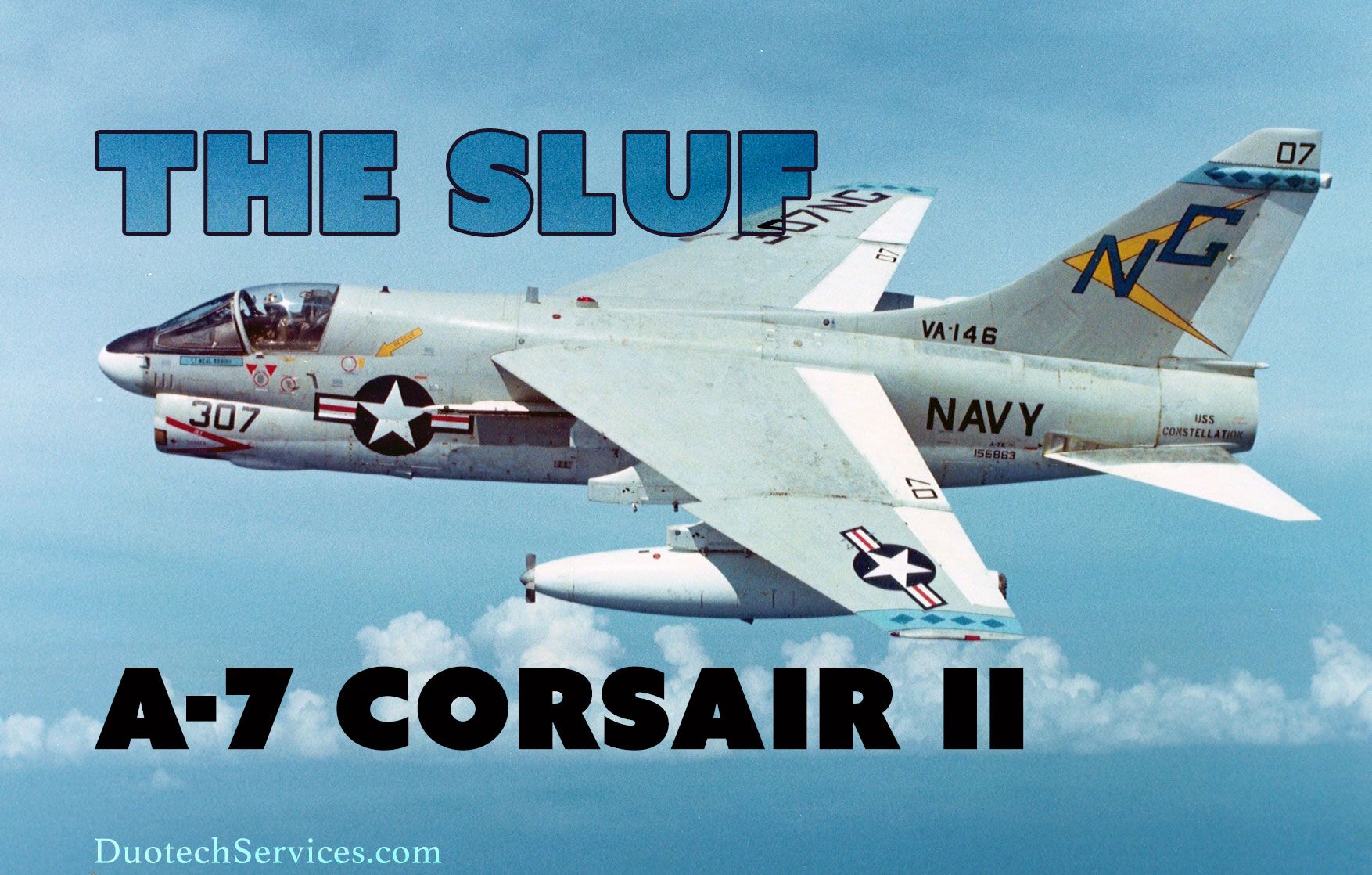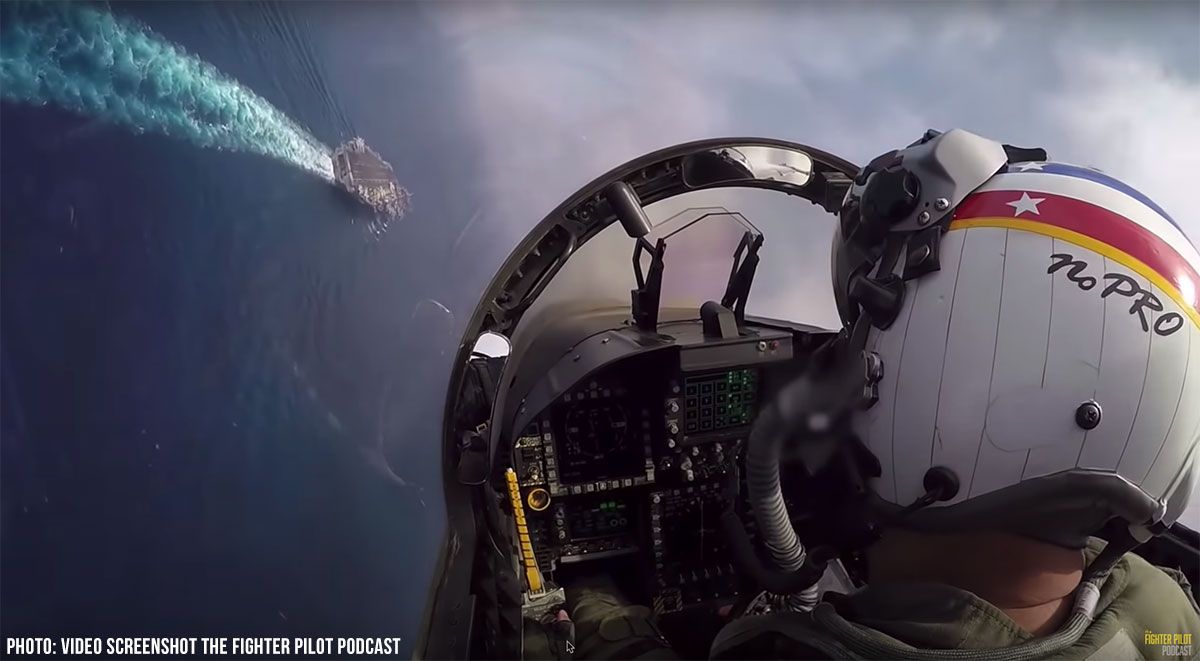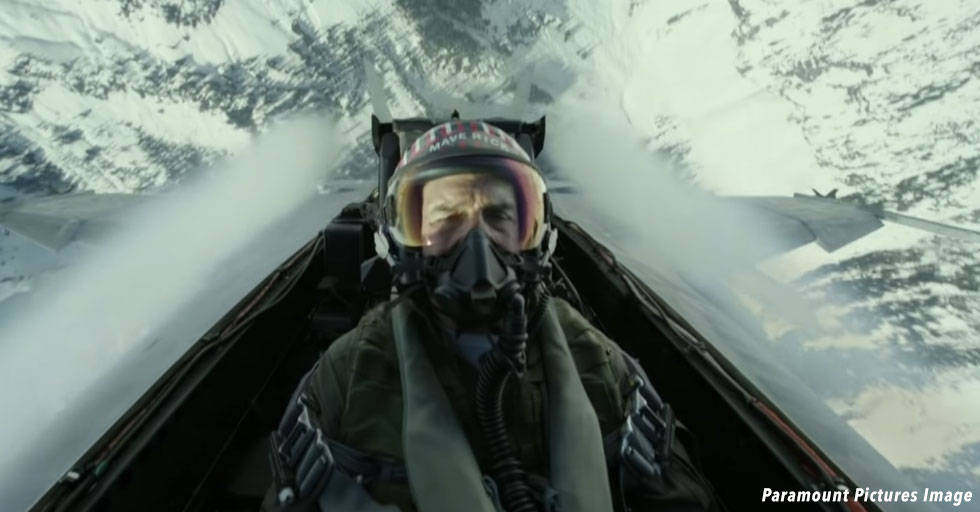As a military aircraft pilot, besides just simply knowing how to operate the plane, the military continually trains you to take-off, fly in tight formation, perform combat operations, and return to land safely. However, training to fly in the United States Navy, one performance sets the naval aviator apart from all other fighter pilots – the carrier landing.
Landing a fighter jet onto an aircraft carrier during the day takes practice, which is conducted on a short field at a naval base. The pilot gets evaluated over and over by a Landing Signal Officer (LSO). You don’t just graduate college, go to flight school and then head out to the ship to take part in launch and recovery operations. No, you don’t make that trip until that LSO decides you are proficient enough not to wreck the plane into the back of the boat or skip across the flight deck into the tower.
What is it like to land on an aircraft carrier?
Landing at night is even more difficult. Want to know first hand from a Naval Aviator? Read Tim Hibbets’ response on Quora of “What is it like to land on an aircraft carrier?”
 Landing during the day is difficult but at least you can see the ship. Night or low light recoveries are a different task altogether. Possibly a good way to describe a night landing would be to place a small strip of tape on your living room floor. Stand on the opposite side of the room and turn out the lights. Now run across the room and leap face first attempting to place your nose onto the tape.
Landing during the day is difficult but at least you can see the ship. Night or low light recoveries are a different task altogether. Possibly a good way to describe a night landing would be to place a small strip of tape on your living room floor. Stand on the opposite side of the room and turn out the lights. Now run across the room and leap face first attempting to place your nose onto the tape.
MAGIC CARPET – PLM
As the pilot approaches the back of the carrier, they need to adjust the power up and down to land and catch the arresting cables. There is new technology called Maritime Augmented Guidance with Integrated Controls for Carrier Approach and Recovery Precision Enabling Technologies, or MAGIC CARPET, that helps the pilot make a successful landing. This new system is referred to by pilots as Precision Landing Modes (PLM). It doesn’t remove the danger or the work. The pilot still needs to have control. The system does automatically makes fine adjustments to the jets power and control surfaces, allowing the pilot to concentrate on fewer tasks during landing. As you will learn below, PLM has been proven to make the landings much safer and efficient for the pilots.
New Carrier Landing Tech Wows Pilots on First Deployment
‘Magic Carpet’ Makes Carrier Landings Easier

